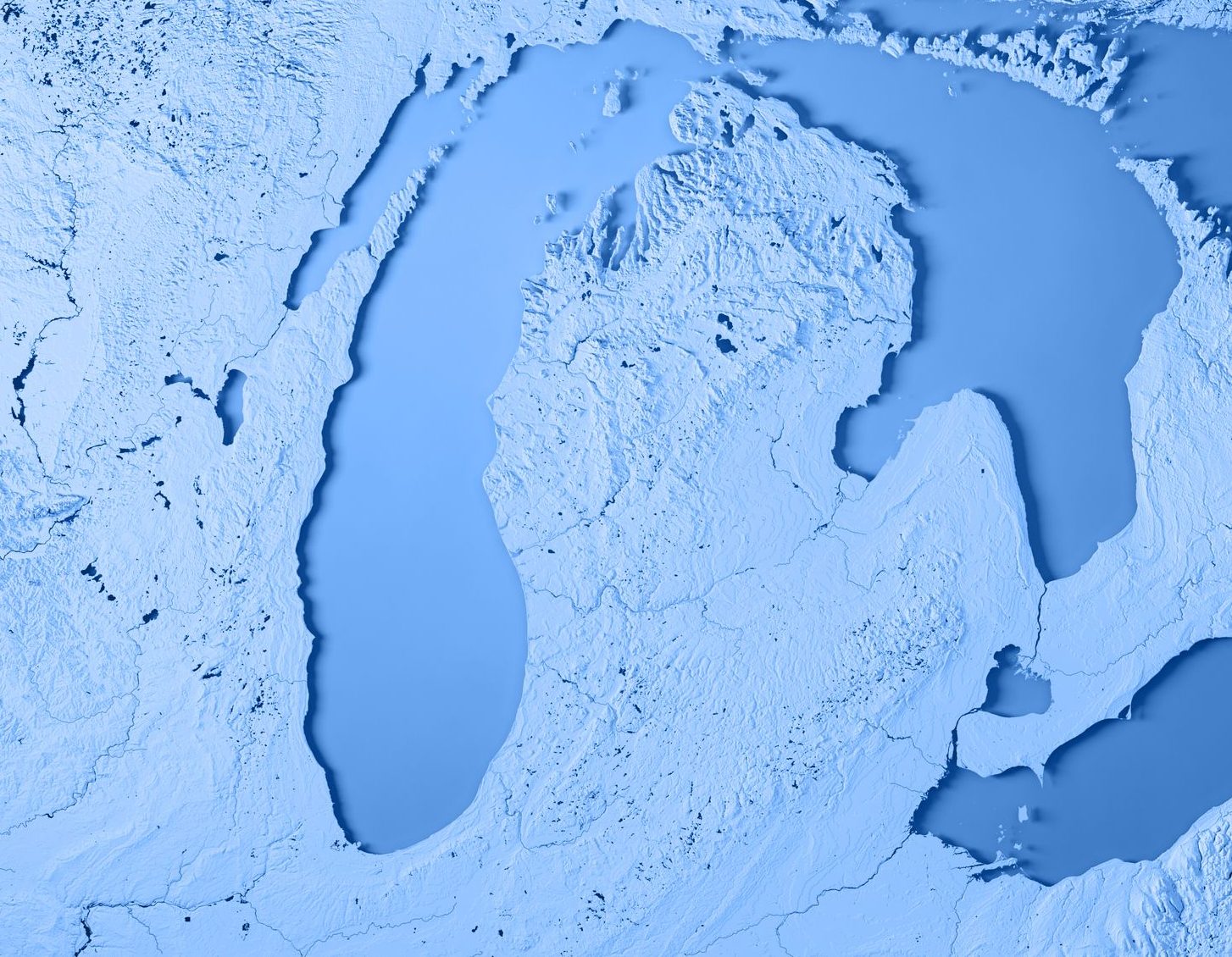A group of five Great Lakes organisations are calling on Canada’s federal government to invest $100 million per year over ten years to implement a plan that aims to protect that Great Lakes.
Action Plan 2030, which was developed following a nine-month study and consultation process, aims to secure matching investments from other levels of government and other sources.
The plan was submitted to Canada’s minister of environment and climate change, Catherine McKenna, and shared with Ontario’s minister of the environment, conservation and parks, Rod Phillips.
“Canada is working with the United States to protect the Great Lakes,” said McKenna. “Together we can find solutions to complex problems facing the Great Lakes and St. Lawrence River including fighting climate change. When we restore and protect our fresh water, we not only secure the health of our environment, but also the health, culture, and economy of millions of Canadians.”
Action Plan 2030 was prepared under the direction of an expert panel co-chaired by two environmental specialists: Gord Miller, former environmental commissioner of Ontario, and Jean Cinq-Mars, Québec’s former sustainable development commissioner.
Working closely with experts, stakeholders, and indigenous advisors, Miller and Cinq-Mars studied new approaches to tackle four complex challenges facing the Great Lakes: climate change, toxics and other harmful pollutants, nutrients that contribute to harmful algal blooms, and bacteriological contamination of beaches.
“While progress in protecting the Great Lakes has been made over the years, the combined impacts of climate change, population growth, intensive farming, and industrial activity demand a new approach,” said Gord Miller, former environmental commissioner of Ontario. “By targeting sources of pollution having the greatest impact, the Action Plan proposes more strategic and surgical interventions using new kinds of collaboration, technologies, and big data.”
The Action Plan to Protect the Great Lakes was inspired by the United States Great Lakes Restoration Initiative (GLRI), a federal program that has delivered over $2 billion in funding for Great Lakes restoration since 2008 and resulted in a 3:1 return on investment. This action plan is supported by both major political parties in the United States.
“Action Plan 2030 shows us the way forward in Great Lakes protection,” said Jean Cinq-Mars, expert panel co-chair. “Protecting such a vast and valuable ecosystem requires significant and sustained investment like the GLRI on the U.S. side of the Lakes. We need the same kind of multi-partisan leadership and commitment this side of the border.”
The Action Plan to Protect the Great Lakes consists of 15 key actions to protect the Great Lakes and those who live in the region. When implemented, these actions would:
- Protect Great Lakes shoreline communities and ecosystems that are most vulnerable to high water levels and make them ‘climate resilient.’
- Reduce our exposure to toxics by actively identifying and reducing human and environmental exposure to harmful chemicals in the Great Lakes region – in the air, water, ground, and in products.
- Accelerate phosphorus reduction into our waterways that cause harmful algal blooms, by targeting areas or properties that contribute the most.
- Make contaminated beaches clean and safe by taking action to address sources of sewage and other bacteriological contamination.
“By getting information about our exposure to pollutants in the environment and in products into the hands of communities and individuals, Action Plan 2030 will help us make more informed choices and will drive action to eliminate those sources of pollution,” said Anishinabek Nation Regional Deputy Grand Council Chief Edward Wawia, a member of the expert panel.
The five organizations who originally proposed the idea of an Action Plan to Minister McKenna include: the Great Lakes Fishery Commission, the Great Lakes and St. Lawrence Cities Initiative, the Council of the Great Lakes Region, Freshwater Future Canada, and Stratégies Saint Laurent. These organizations advocate for the protection of the Great Lakes and St. Lawrence. They represent diverse perspectives including municipal governments, business and industry, fisheries management, and environmental and conservation interests.
“Mayors and municipal leaders are concerned about the record flooding in many communities, and welcome Action Plan 2030’s recommendations for new approaches and investments,” said Sarah Rang, deputy director of the Great Lakes and St. Lawrence Cities Initiative.
A copy of Action Plan 2030 can be found here.












